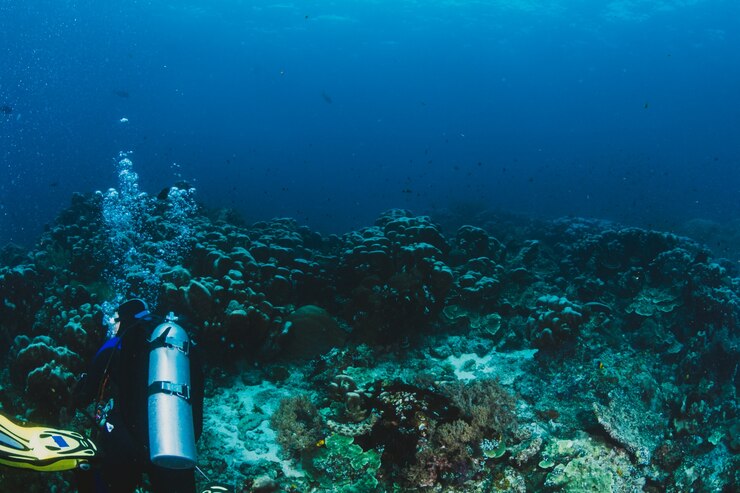Lotus365 Book, Lotus365, Lotus365: Navigating the mysterious depths of the ocean presents a myriad of challenges for researchers and scientists alike. One of the main obstacles faced in deep-sea mapping is the immense pressure at great depths, which can damage equipment and hinder accurate data collection. Additionally, the vastness of the deep sea poses difficulties in covering large areas efficiently and thoroughly.
Moreover, the lack of reliable lighting in the deep ocean makes it challenging to capture clear and detailed images of the seafloor. This limitation can impede efforts to map underwater terrain accurately and identify submerged features. As technology continues to advance, addressing these challenges remains crucial in expanding our understanding of the deep-sea environment and its ecosystems.
Advanced Technologies Used in Ocean Exploration
One of the most groundbreaking technologies revolutionizing ocean exploration is autonomous underwater vehicles (AUVs). These battery-powered vehicles are equipped with sensors and cameras to collect high-resolution data in deep and remote areas of the ocean. AUVs are capable of conducting detailed mapping of the seabed and studying marine life without the need for human intervention.
Another cutting-edge technology making waves in ocean exploration is multi-beam sonar systems. These systems use sound waves to create 3D images of the seafloor with remarkable precision. By providing detailed topographical maps of the ocean floor, multi-beam sonar systems play a crucial role in understanding underwater geological features and ecosystems. These advanced technologies are paving the way for a deeper understanding of the oceans and unlocking mysteries that were once hidden beneath the waves.
� Autonomous underwater vehicles (AUVs) are revolutionizing ocean exploration
� Equipped with sensors and cameras for high-resolution data collection in deep and remote areas
� Capable of detailed mapping of the seabed and studying marine life autonomously
� Multi-beam sonar systems use sound waves to create 3D images of the seafloor
� Provide precise topographical maps for understanding underwater geological features
� Play a crucial role in unlocking mysteries hidden beneath the waves
What are some of the current challenges in deep sea mapping?
Some of the current challenges in deep sea mapping include the high pressure and extreme conditions at deep depths, limited visibility, and the vastness of the ocean floor.
What are some of the advanced technologies used in ocean exploration?
Lotus365 Id, 99exch, 99exch.com Login: Some of the advanced technologies used in ocean exploration include autonomous underwater vehicles (AUVs), remotely operated vehicles (ROVs), multibeam sonar systems, and satellite imaging.
How do autonomous underwater vehicles (AUVs) help in ocean exploration?
AUVs are unmanned, untethered vehicles that are programmed to collect data and explore the ocean floor. They can operate at great depths and in harsh conditions, providing valuable information for researchers.
What are remotely operated vehicles (ROVs) and how are they used in ocean exploration?
ROVs are tethered underwater robots that are controlled by operators on the surface. They are equipped with cameras, sensors, and manipulator arms, allowing them to explore the ocean floor, collect samples, and conduct experiments.
How do multibeam sonar systems aid in deep sea mapping?
Multibeam sonar systems use sound waves to create detailed maps of the ocean floor. They provide high-resolution images and data on underwater terrain, helping researchers to better understand the topography of the deep sea.
How does satellite imaging contribute to ocean exploration?
Satellite imaging allows researchers to study large-scale ocean phenomena, such as ocean currents, sea surface temperature, and marine life distribution. It provides valuable information for oceanographers and helps to monitor changes in the marine environment.
Additional:
- VladTV – Overview, Networth, Guide
- Rockauto – Overview, Networth, Guide
- Solitaire Masters: The Enduring Charm of a Classic Card Game

